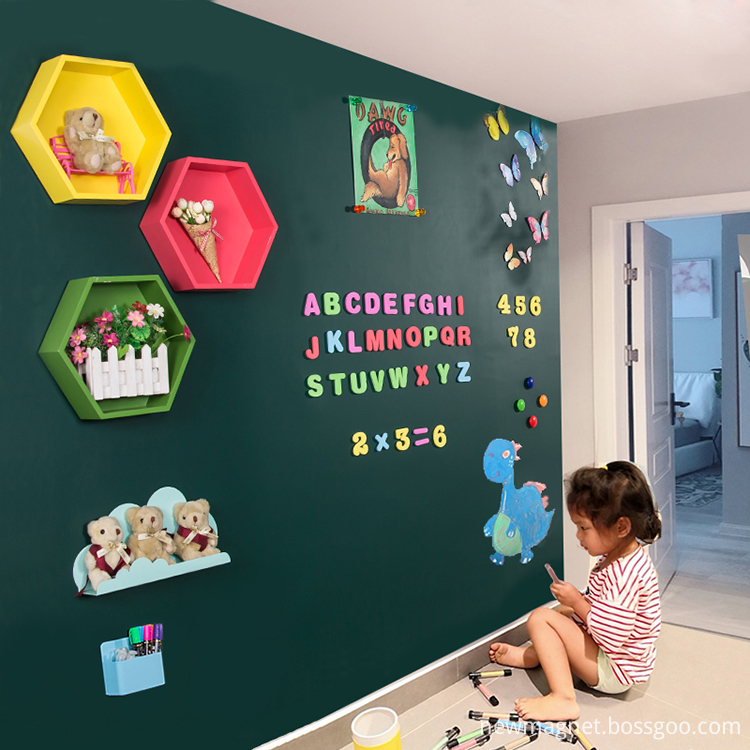5mm diameter, anti-corrosion PTFE jacket. glassy carbon electrode Glassy carbon is abbreviated as glassy carbon. It is made of polyacrylonitrile resin or phenolic resin, which is slowly heated to high temperature (up to 1800 ° C) in an inert atmosphere to form glassy amorphous carbon. Table tennis floor is also widely used. Glassy carbon electrode is short for glassy carbon electrode. The advantages of glassy carbon electrode are good conductivity, high chemical stability, small thermal expansion coefficient, hard texture, good air tightness, wide potential application range (about -1 ~ 1V, relative to saturated calomel electrode), can be manufactured It can be made into electrode shapes such as cylinders and discs, and it can also be used to make mercury film glassy carbon electrodes and chemically modified electrodes. It has been widely used in electrochemical experiments or electroanalytical chemistry. Electrode characteristics: The glassy carbon electrode is one of the widely used working electrodes. It is a better inert electrode with good conductivity, high hardness, high finish, high hydrogen overpotential, wide polarization range, chemical stability, and can be used as an inert The electrode is directly used for anode dissolution, voltammetry of cathode and valence ion, and can also be used as chemically modified electrode. Electrode treatment and repair: The glassy carbon surface must be mirrored and clean. Because the surface of glass charcoal is easily contaminated by some organic compounds and metal compounds, which seriously affects the measurement (no peaks, no peaks, no recurrence), it must be cleaned before the measurement. There are three main methods. Chemical method 1. Nitric acid immersion And scrub. 2. Take Ammonia ethanol or ethyl acetate 1: 1 soak and scrub. 3. It can also be scrubbed with alcohol and then soaked with 6NHCL or 4NHO3. Electrochemical treatment: namely, repeated polarization times (reset-scan) (anode-cathode to cathode) within the voltage range of + 0.8V-(-1.8V (0.5MKcLPH7 except O2I condition). The scratches can be treated mechanically. MgO powder (200 mesh or more) is placed on the wet flannel cloth and polished with a small amount of water. According to the electrode situation, several methods are used in combination. It is not advisable to immerse the electrode in strong acid and alkali and organic solvent for a long time. Because the glassy carbon electrode is an inert electrode, the scanning electrode is the scanning electrode, such as mercury plating, copper, and gold is the mercury film, copper film, and gold film electrode. For example: there are two types of anode stripping mercury plating and gold plating, and glassy carbon mercury plating: the first is isotopic mercury plating, that is, adding a certain amount of Hg + (generally mercury oxide and mercury nitrate) to the sample to be analyzed for electrolytic enrichment At the point where the ions are to be formed, an amalgam is formed at the same time. After scanning and dissolving, the ions or mercury film to be measured is completely dissolved at a positive potential. You can also take out the electrode and use filter paper to clean the mercury film. Ensure that the electrode surface is still in the original state during the second analysis to ensure reproducibility. The general mercury ion concentration is 500-1000 times the concentration of the measured ion. The second type is pre-mercury coating, 1. Measure mercury electrolysis for a long time under ion electrolysis potential. If measuring cu, the mercury film can be produced by long-term electrodeposition at -0.2V, and to prevent the danger of electrodeposition cu, pb, cd, zn, this method has low efficiency and long time. 2. Under the condition of mercury plating in the same position, after a period of electrowinning, scan and dissolve, and then dissolve at the end potential for a general time to dissolve the ions to be tested. Mercury film for ion measurement. For example, 0.5MKCL + 2 × 10-2MHg + dozen drops of saturated NaSO3, enrich at -1.4V for 5-10 minutes, scan to -0.1V in 15 seconds under stirring, and continue to dissolve for 30 seconds at -0.1V , Stir and enrich in the reset state for 5-10 minutes, stir and scan to -0.1V in 15 seconds, then stir out at -0.1V for 30 seconds, take out the electrode after the solution is still, rinse the electrode rod with water to prevent the coating from breaking. When plating mercury, it should be noted that there should be no air bubbles under the electrode, otherwise the mercury coating is uneven and the plating is not good. The electrode can be soaked in 1: 1 nitric acid for a short period of time. Wash and re-plate after use. save. The basic method of glassy carbon gold plating is the same as that of mercury plating.
According to the needs of home space, make full use of the wall, create the decorative background of draw-able and magnetic puzzle games. Based on the combination of graffiti painting art and magnetic puzzle game, It is both a painting wall and a theme wall. The magnetic painting theme wall integrates writing, painting and magnetic spelling. Adding more fun to life.
Creative Home Products, Whiteboard for Kid Room, Whiteboard for Home Office, Home Whiteboard Ideas Guangzhou New Magnetics Technology Co.,Ltd , https://www.softwhiteboard.com
4mm diameter, anti-corrosion Teflon jacket.
Diameter 3mm-3.9mm, anti-corrosion Teflon jacket.
2mm diameter, anti-corrosion Teflon jacket.
Japan imports glassy carbon with guaranteed quality. Electrode jacket: PEEK. Never leak!
Home Decoration

Glassy carbon electrode